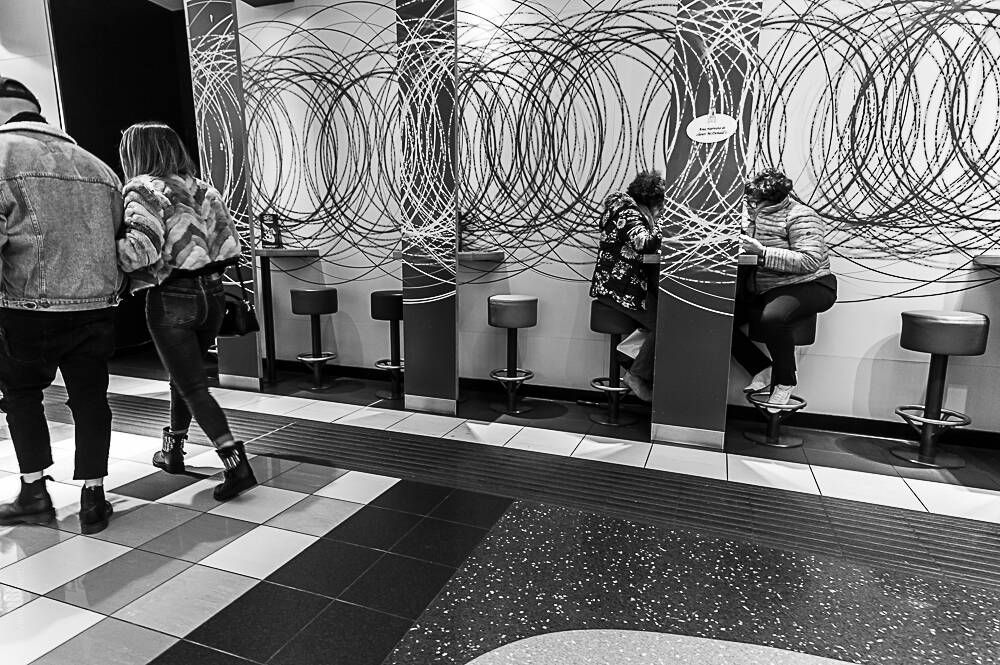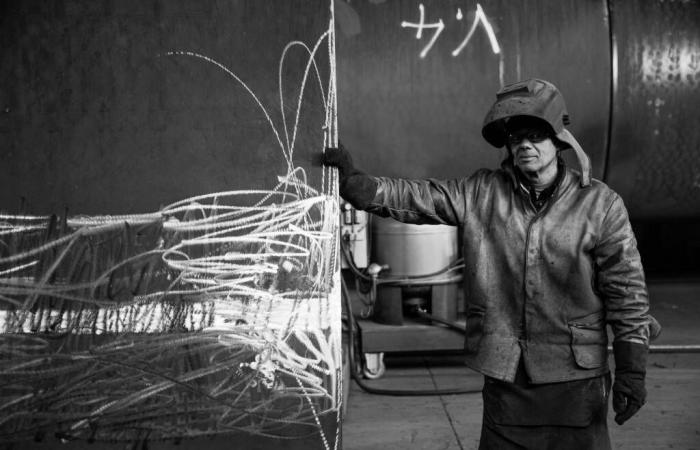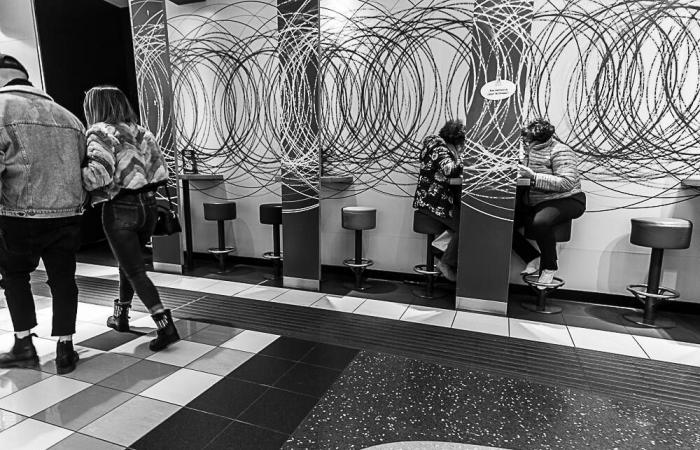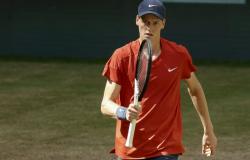After the forced cancellation at the beginning of May, the exhibition entitled “Common People”, which collects 36 shots by the photographer Silvano Labanti “collected on the street” from 1984 to 2024, has been rescheduled for the period from 30 June to 7 July. It will be hosted at the ‘former oratory in Selah of Tellaro.
Silvano Labanti was born in La Spezia in 1958, architect by profession and photographer by passion. He exhibited for the first time in 1984 under the guidance of the master Sergio Fregoso with the exhibition “The paths of vision” and in the following years, after returning to La Spezia from Milan where he carried out his professional activity, participating in the summer events of the Municipality of Lerici : in 2008 in conjunction with the initiative “Events of poetry and Latin sails”, in 2010 with “Venti Volte Tellaro” and in 2014 with the research on the landscape “ImmaginARTellaro” where post-production has a fundamental role in the creation of dreamlike images which however have their origins in the reality of the places in the village.
In 2015 he exhibited his street photography shots at the Fregoso Multimedia Center of the Municipality of La Spezia, collected over twenty years, under the critical supervision of the photographer Cesare Salvadeo.
In 2018 he took part in the collective exhibition “A pigeon’s Wednesday” organized by the Circolo ARCI Solaro, combining the literary production of the author Donatella Zanello under the title “I Colori del mare” with the series of photo-processed images taken in Tellaro. A further similar collection was exhibited at the La Loggia della Spezia venue the following year with the title “ImmagiMare”.
More recently, in 2021, he produced the photographs collected in the publication “Teàe en ter chee” (Tellaro in the heart), a photobook intended to contribute to the rehabilitation of the headquarters of the Mutual Aid Society and, finally, in 2023, he exhibited his own black and white images dedicated to the village of Tellaro as part of the fundraising initiative to finance the restoration of the historic church of San Giorgio.
“The first camera I handled was a Kodak Pocket: I was maybe 14 years old. The next step, five years later, was to borrow an old Zeiss and start exploring the city with the rectangular eye, partly for study reasons and partly for pleasure. In fact, my profession as an architect gives me a very strong interest in the geometries of urban and natural spaces, their colours, their interweaving of lines, the juxtaposition of surfaces. The post-processing of the images (or rather of the “recordings” of what is perceived, as I prefer to define them) is reduced to a minimum, since they are all already thought of at the moment of shooting and this ensures that each photograph is an unrepeatable unicum, mediated by perceptivity of the author. Ultimately the difference between any observer and a photographer is that the common person “looks”, while the photographer “sees” and is capable of grasping and modifying a fragment of reality with a complex gesture of which the technical part is certainly the least important and in which the emotional, empathetic part takes over. In the 80s, attending the Communication Center and the teachings of Sergio Fregoso allowed me to learn the language of photography and make it an inseparable part of my perception of the world, even when I don’t have a camera with me. Furthermore, the ability to mentally organize spaces and objects typical of the profession was a conditioning element of the way in which I approached this art, to which the Gestalt principle: ‘The whole is greater than the sum of the individual parts is perfectly suited ‘.

The exhibition brings together thirty-six black and white shots that refer to the language of so-called “street photography”, but which the author prefers to define as “straight”, since it is direct and not mediated by predefined stylistic features or by extreme post-production, which almost always they distort the authenticity and spontaneity of the images.
The object of the images “collected on the street” is ordinary people, portrayed in their living or working environment or whose presence is simply recorded in situations which, despite being under everyone’s eyes, are not captured in their singularity, if not by the attentive eye of the photographer.








